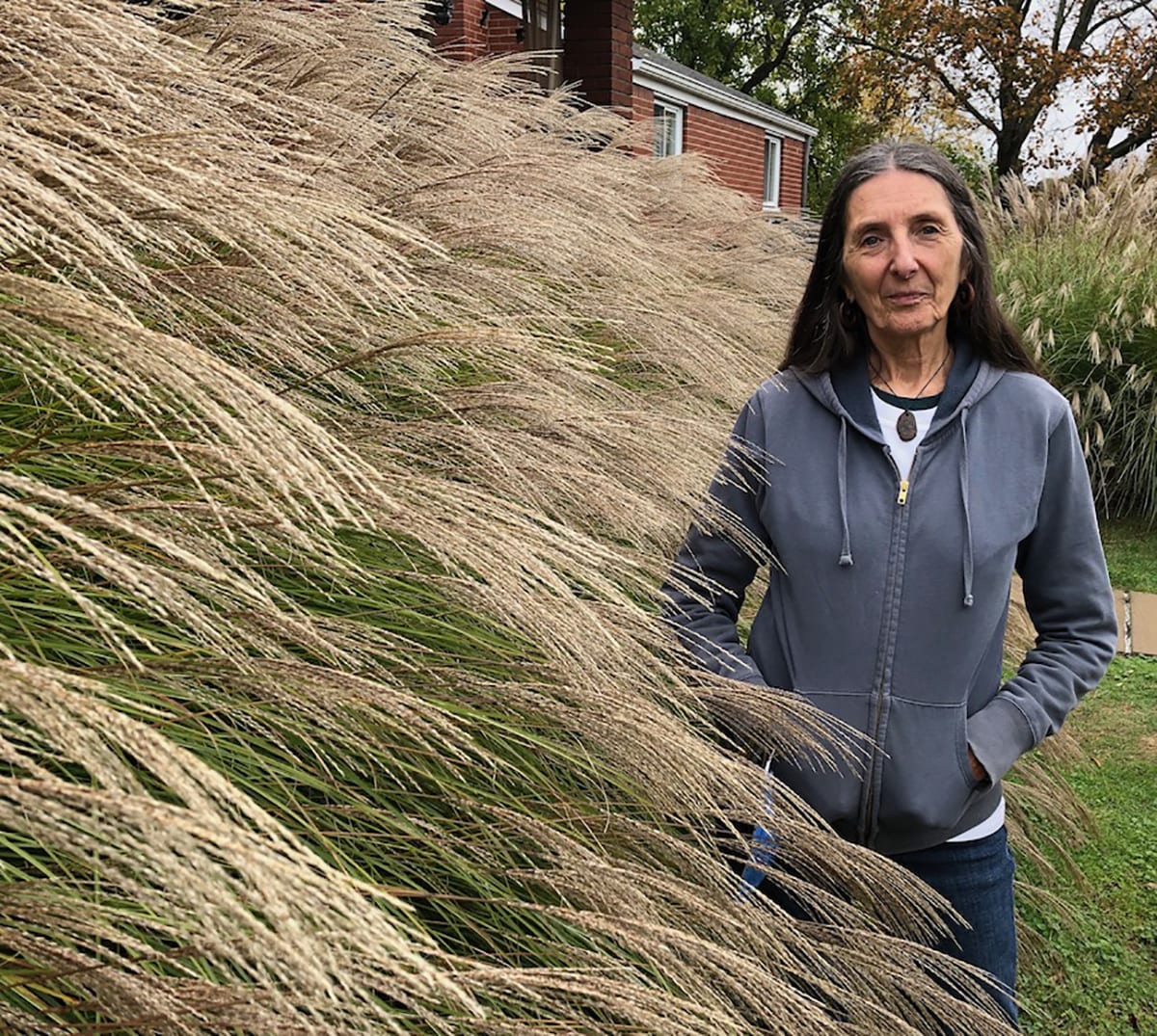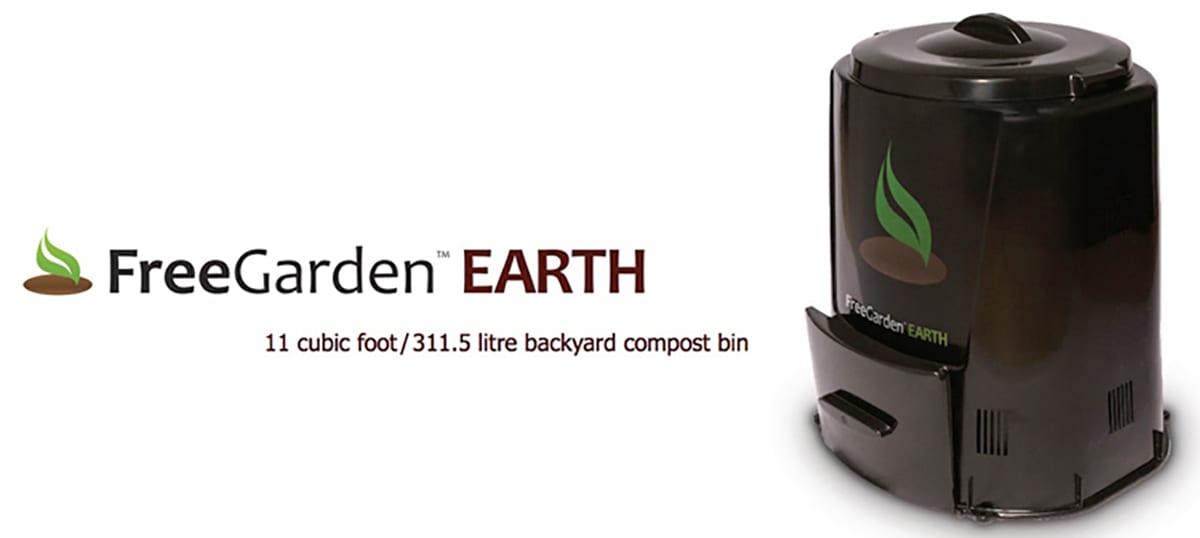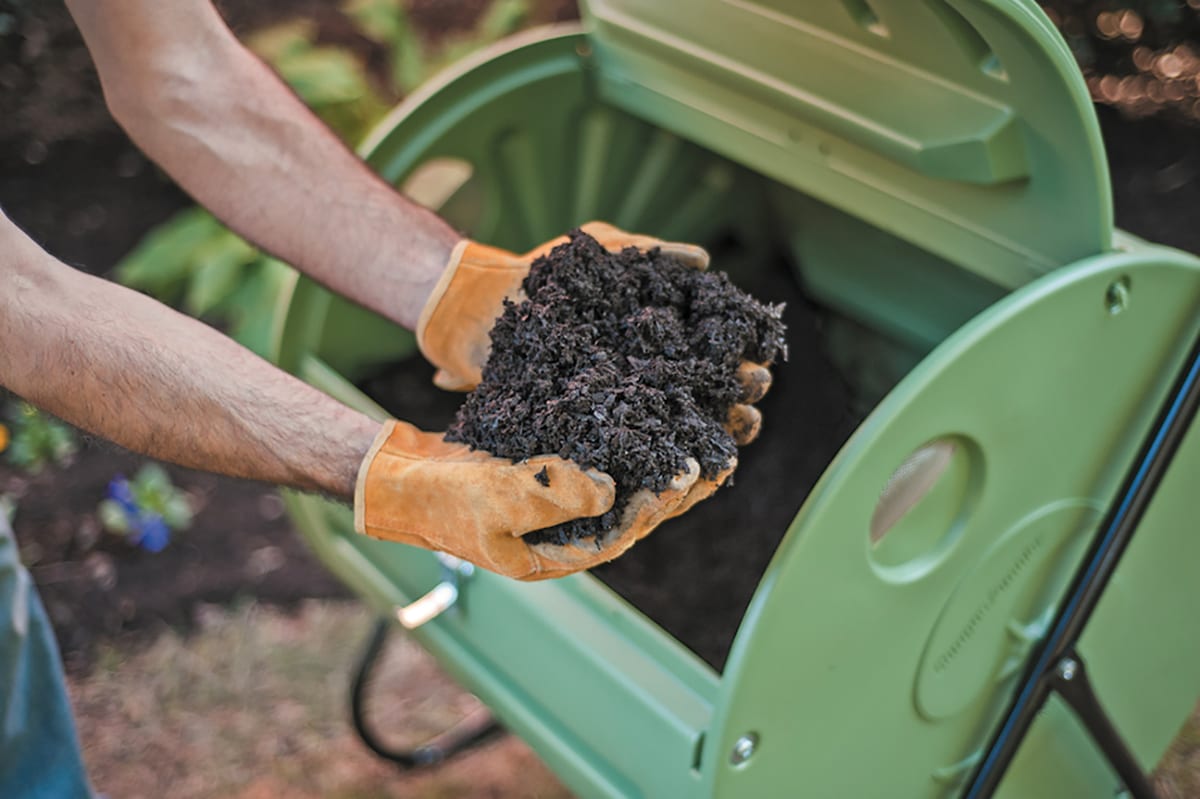
Gardening Green with Doug
All About Composting: Learn How to Compost from a Pennsylvania Resource Council Educator
By Doug Oster
October 27, 2020
Seven-year-old Chads “Bubby” Mullinary has been listening to his grandmother, Nancy Martin, answer my questions about composting just before starting his online schooling for the day. She’s taught him quite a bit about the process, and when he was asked why composting is a good idea, he says, “To keep the earth healthier and to keep it cleaner.” He adds, “You can compost fruits, vegetables and plants.”
Even with a mask on you can see Martin is smiling, as the boy stands next to her, continuing to explain the benefits.
“He knows everything about composting,” she says proudly.
Martin is an environmental educator for the Pennsylvania Resources Council (PRC).
Founded in 1939, it's the state’s oldest grassroots environmental organization. Martin teaches about composting but is also well-versed in watershed awareness, rain barrels, recycling and waste reduction — something that’s part of PRC’s mission.
“It basically boils down to preserving and conserving the state’s natural resources, but we focus largely on solid waste reduction.”
Martin teaches her composting classes virtually as webinars. After completing the class, students can set up a time to pick up a compost bin at the PRC office on Pittsburgh’s North Side. It’s a FreeGarden EARTH compost bin, which is ready to be placed in the landscape as soon as it’s brought home.
There are lots of reasons to compost and recycle, she says.
“We could reduce the amount of material we’re sending to our landfills by over 75% if people were to compost and recycle everything possible in the household," Martin said. "One-quarter of the waste we’re producing is compostable."
Composting is also climate-friendly.
“Methane, a very potent greenhouse gas, is released from landfills," adds Martin.
Ingredients used for composting can’t breakdown properly in a landfill since there is no oxygen or air to complete the process aerobically — like in a backyard compost bin. Instead, a process called anaerobic fermentation happens, which releases the gas.
The compost made at home however can be used in many ways, including improving garden soil.
“It’s very important that the organic matter be returned to the soil and not tied up in a plastic bag sent to the landfill where it’s just going to sit there for who knows how long,” she says.
Composting, when done right, doesn’t smell bad or attract critters.
“I’ve had the same bin for about 20 years, and I can honestly say there’s never been an odor, and I don’t manage it all that diligently,” she admits.
Common compostable kitchen items include plant-based materials, such as vegetable and fruit scraps, paper products, eggshells and coffee grounds. Any plant from the landscape, garden or lawn that is not diseased and has not been treated with chemicals can also go into the bin.
“Anything that used to be alive and no longer is will break down and decompose,” Martin says. “But there are only certain things that should go in a backyard bin because we don’t want to attract rodents or have odor problems.”


That means omitting meats and dairy from the compost bin.
“We also stay away from weeds that have gone to seed or are hard to kill,” Martin said.
The time it takes to make the compost depends on how the bin is managed.
I shared my “lazy method” of building a pile of material from the kitchen and garden and never turning the composter. Martin whispers through her mask, “That’s the way I do it,” and laughs. Our system can take about a year to make finished compost.
There are four variables that can be managed to make compost faster: food, air, water and warmth. Turning the pile frequently and making sure the moisture and temperature are optimal will speed up the process.
Fresh compost material can be either brown or green. Green ingredients come from the kitchen or from spring and summer plants in the garden. Brown ingredients are carbon-rich and include things like shredded leaves, newspaper, dried plants and straw. The brown provides carbon and energy; the greens provide nitrogen and proteins.
“With composting, we’re always trying to balance the carbon and the nitrogen. The decomposers need both,” she says.
Martin uses straw for her brown material and tries to match the amount of straw with the amount of greens by volume.
“By its very nature, straw creates a bunch of little air pockets, every time I throw my straw on top, I feel I’ve aerated the bin,” Martin adds.
One bucket of food scraps is accompanied by one bucket of straw. The same would be true for whatever brown material is added.
In my system, I add shredded leaves with the greens.
For nearly two decades, Martin has taught people many Earth-friendly techniques.
“Anything I can do to green-up the planet," Martin says. "I’m so grateful that I’m in this position where I’m able to teach these classes. Composting is one of the easiest ways to start on the green path. You’re throwing the food away anyhow, so you might as well throw it in the right place."
PRC composting and other environmental webinars begin soon. Here’s how to register.

[…] Learn to compost from PRC. […]
Due to a prior article Doug wrote I sought out the PRC. I was so happy to view one of the webinars and pick up a composter late this summer. I can’t wait to get finished compost out of it for the my garden next spring!
That’s great to hear! Happy composting and even happier growing season next spring!
[…] leaves can be added to the compost pile, along with items from the garden or kitchen, to help balance the nitrogen and […]
[…] with peppers, marigolds, impatiens and more. These plants will eventually feed the garden again as compost. If plants were diseased over the season, they are not added to the pile. In my garden, there’s a […]